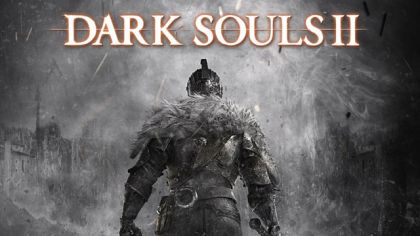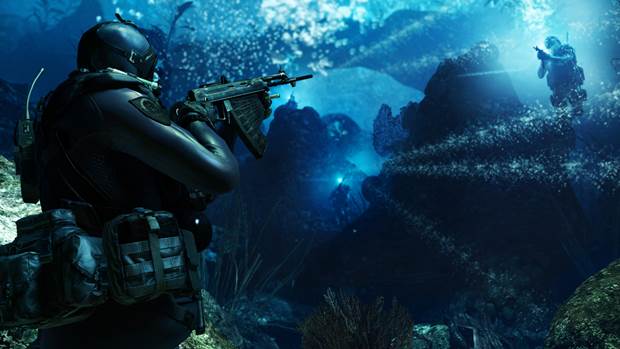

Jump to Content
With the release of Heart of the Swarm, Terrans have gained new weapons in their arsenal to even the odds against the other two races. At the end of Wings of Liberty, Zerg had dominated most of the metagame, especially in the late game. While Zerg is still good, Terrans can now take the fight to them very early in the game with an opening that takes advantage of the new and improved Reaper.
This build order, which works best against Zerg, is the fastest reaper opening you can do in Heart of the Swarm. The name “8-8-8″ comes from the first buildings you put down at 8 supply, which are the Supply Depot, Proxy Barracks, and Refinery to make your Reapers. The Proxy Barracks is then followed up with another one to train enough Reapers in succession to overwhelm your opponent by killing all of his workers and forcing him to surrender.
Since Reapers no longer need a Tech Lab attached to the Barracks and have become more powerful with increased health and the Combat Drugs ability, which lets them regenerate health quickly when out of combat, Terrans can now make them as soon as they get a Barracks down, then go in and out of the enemy base and kill workers while still keeping the Reapers alive with some well-practiced micro.
This build could be effective against Protoss and Terran as well if you can play it right. For the purposes of this guide though, Terran vs Zerg will be the focus of the strategies mentioned here.
8 Supply Depot
Stop SCV production and send SCV out to proxy
8 Barracks (# 1, proxy)
8 Refinery
Resume SCV production
12 Reaper (# 1)
15 Reaper (# 2)
15 Orbital Command
15 Barracks (# 2, proxy)
17 Reaper (# 3)
17 – Supply Depot
@100% Supply Depot: Make 2 Reapers (# 4, 5)
Benchmark: @5:00+, as you start making Reaper # 4 and 5, you should have 3 Reapers and 16 SCVs
Once you’ve decided to do this build, then there’s no turning back. You don’t even need to scout that much once you’ve started with the 8-8-8 opening. Perhaps the only thing you can scout is if your Zerg opponent does something like a 6-Pool opening, in which case you should plan to defend your base once the Zerglings come out, or maybe kite them with your Reapers if you feel that your micro is up for it. In any case though, you’ll just go with the Reaper all-in anyway.
This is more or less a full commitment since you have two proxy barracks pumping out Reapers. If you do end up failing, with your Reapers getting killed off before they could get away, then your transition away from the build may not be so clean cut. If you see Roaches, put down Tech Labs and start making Marauders, hoping that the Zerg doesn’t attack your Barracks right away. Aside from that, you should have enough Reapers to at least trade evenly with good enough stutter-stepping.
It is key that you do not lose any of your first three Reapers since they’re the most important part of the build. They apply early pressure that will take out some Drones and have the Zerg opponent pull them out, delaying mining time and early game economy. They will also have to stop Queens and Roaches that may be present. Losing any of them may be a sign of defeat.
Attacking buildings is a waste of time since Reapers no longer have their bombs in HotS. Your main priority is to take out the Drones and mess with the Zerg economy. If Zerglings do come up, then you should be able to kite them since there’s no way that Metabolic Boost research would be done at this point. As long as you can disrupt mining, then you’re still good. Remember that when Zerg gets a lot of minerals, units are overproduced.
The micro will be quite hard to pull off at first, but the principle is to pull back the weakest Reaper to keep it alive. Four Reapers should be able to kill a Queen easily enough with some sufficient micro. Taking out the Queen makes sure that Larva Injects will be absent, which dwindles down the Zerg defense even more.
This build is best for two-player maps, where you don’t have to guess or scout out where your opponent is. The keys to proper execution are speed, surprise, and sufficient micro.




 Call of Duty: Ghosts Multiplayer Features Breakdown: Revolutionary or not?
Call of Duty: Ghosts Multiplayer Features Breakdown: Revolutionary or not? How to turn off Online Multiplayer Invasions in Watch Dogs
How to turn off Online Multiplayer Invasions in Watch Dogs Why Pillars of Eternity Made Me Love Video Games Again
Why Pillars of Eternity Made Me Love Video Games Again Until Dawn Guide – How to Get the Best Ending and Save Everyone
Until Dawn Guide – How to Get the Best Ending and Save Everyone How to Unlock Weapon Customization In MGS V: The Phantom Pain
How to Unlock Weapon Customization In MGS V: The Phantom Pain